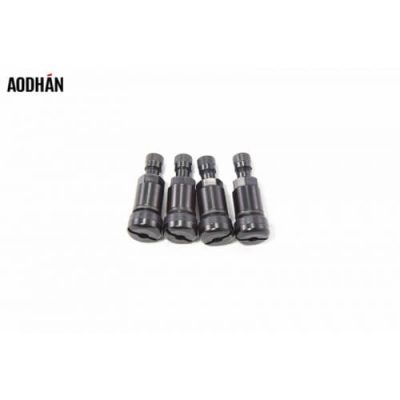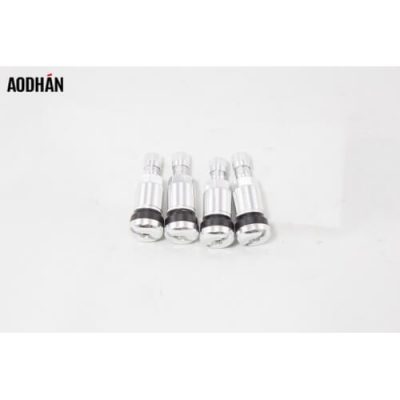Any time you are installing new tires and rims on your vehicle, you need to determine what will fit properly. The tire size for a vehicle is a critical part of the engineering and handling, so changing it means taking a lot of things into consideration. Backspacing and offset of the rim can be the difference between a tire and rim combination working properly or not.
Wheel Offset and Backspace
The terms offset and backspace, while sometimes used interchangeably, do not mean the same thing. You have to understand the difference before you can start considering what you need on your vehicle.
Wheel Offset
Wheel offset is the measurement from the centerline of the wheel, to the hub mounting surface (the place where the wheel and the hub make contact). If the hub mounting surface is in front of the centerline, the wheel has a positive offset. The result is a tire sitting further under the fender.
A negative offset puts the mounting surface of the hub behind the centerline of the wheel and the tire is going to sit further out, sometimes extending beyond the fender.
A negative offset is far more common than a positive one because it allows larger tires on the vehicle without the concern of the tire hitting the suspension components. A negative offset widens the stance of the car and makes it more stable as well.
Wheel Backspace
Wheel backspace is the distance from the back edge of the rim to the hub mounting surface of the rim. If you are not sure you are measuring this right, lay the rim face down on the ground (without a tire on it) and place a straightedge across the back of the rim. Measure the distance from the hub mounting surface to the straightedge.
This number is your backspace of the rim, and like offset, you can change the backspace to better position a tire and wheel package under the vehicle.
The backspace of a wheel can help if you need to get the tire away from the frame or suspension components of the vehicle, but if the backspace puts the tire outside of the fender, you may need fender flares added to the vehicle to keep the entire tire covered. Check the local laws in your area before getting too aggressive with a positive offset or low backspace wheel and tire combination.
To sum up the difference: offset is the distance from the centerline to the hub mounting surface, while backspace is the distance from the edge of the rim to the hub mounting surface.
Rim and Tire Size Considerations
One thing that needs consideration when you start looking at a tire change on your vehicle is how the size of the tire will affect the rim size. For example, on a lifted truck, you might want to increase the tire size and width, but when the tire gets wider, the rim should also be wider.
If your stock rims were seven or eight inches wide, the centerline of the tire is three and a half to four inches, but if you go to a ten-inch wide rim, that centerline is now five inches, so more tire and rim are going to extend under the truck.
This is when the backspace or the offset will need changing. In this example, a rim with a 5 and 1/4 inch backspace is going to have more tire under the fender, but if you change that rim to a 4 and 3/4 inch backspace, more of the tire will be outside of the fender well. The same principle applies to sports cars and passenger vehicles, just on a different scale.
At Extreme Wheels, we offer wheel and tire packages for most cars and trucks on the road. We can help you sort out your offset or backspace needs and get you on the road in no time. Give us a call and we can help you decide what you need and ship your wheels and tires to your door.







